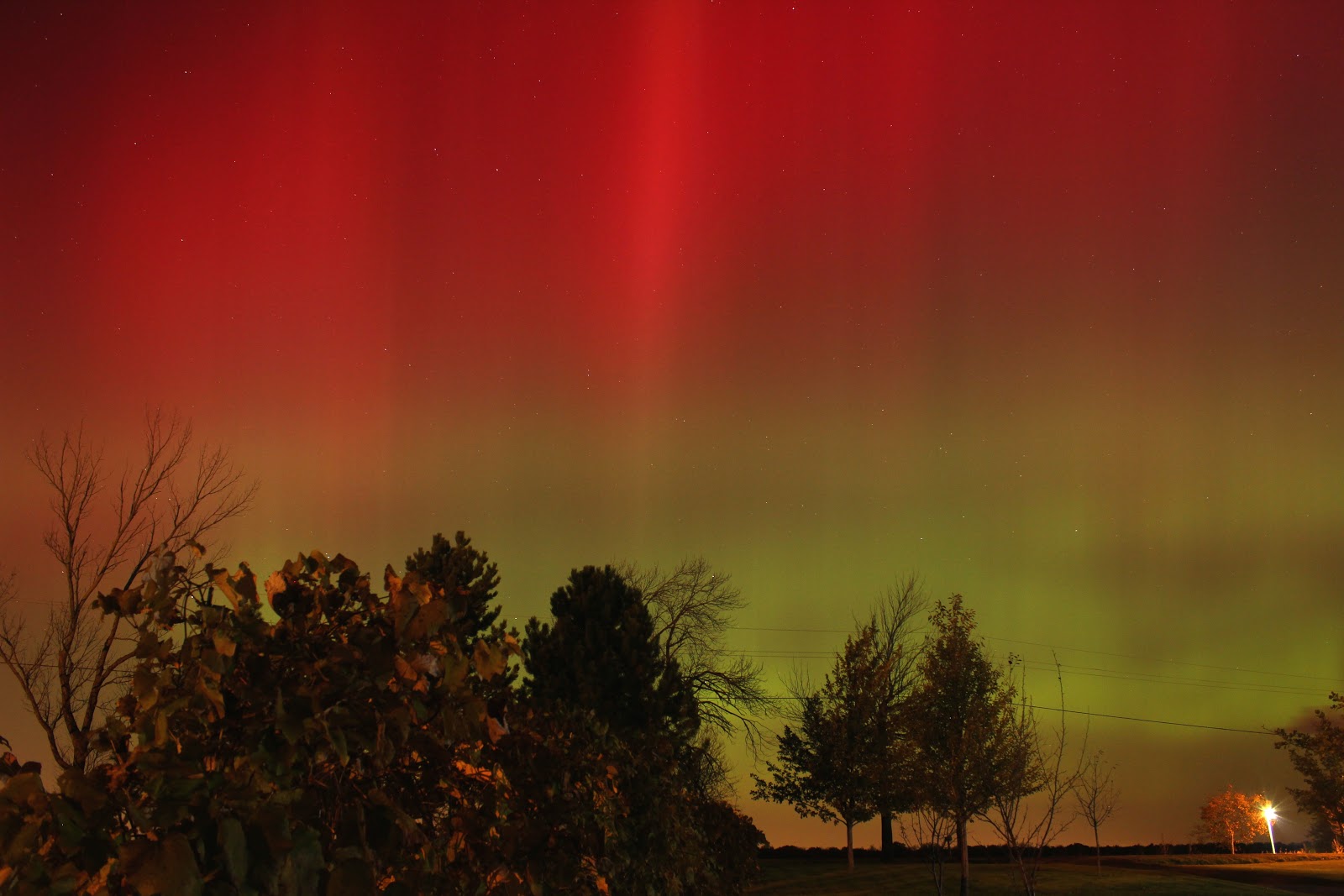Spring 2012 - Galaxies:
Our
sun is so big you could fit almost 1 million earths in it. It’s an average
sized star and it’s only one of 200 billion stars in the Milk Way Galaxy. So…
to start wrapping my brain around the fact that other galaxies exist (maybe 400
billion more) is mind blowing. Actually observing and imaging those galaxies…
Unreal!!!
This is the Whirlpool Galaxy M51
located under the handle of the Big Dipper estimated to be 37 million light
years away. It is home to roughly 100 billion suns (about half as many as our
home galaxy , The Milky Way). You can also see neighboring galaxy NGC5195.
I shot 140 - 5.25minute exposures over two
nights early last week… I manually selected only 50 of the clearest shots,
stacked them and processed colour levels, brightness, contrast and saturation
in Gimp. (Total exposure time is 4 hours, 23 minutes)
Side note: I lost so many of my original
shots because part way through the second night the wires hanging from my small
guiding scope came in contact with my telescopes
focusing knob – As the mount rotated (or tracked) the focuser was turned ever
so slightly by the wires, thus defocusing my scope!!! Another hard lesson
learned!
The first time I ever observed M51
visually was three years ago, at our club observatory, with our 16” Newtonian
Reflector Telescope.
M104
I set up at our club
observatory and shot M104, the Sombrero Galaxy.
It is a little edge-on galaxy in
Virgo and is recognized right away in the eyepiece. I believe it's
core is one of the biggest estimated black holes!
I started firing shots by 10pm and was all
packed up by 2:30am so I could be chipper at work the next day. In that time I
shot 33 – 4minute frames and stacked them for a total exposure of 2 hours, 12
minutes.
The most exciting part of the night was the
discovery of a mom raccoon and her four little nursing pups (only days old and
furless) who have taken up residence in our main observatory building. We only
entered the building to sign in-and-out so we could leave her alone. Her pups
squeaked and chirped the hole time we were there, probably fighting over
the best milk supply! There was some satisfaction in knowing this little
family was safe from the howling coyotes we were also hearing:















